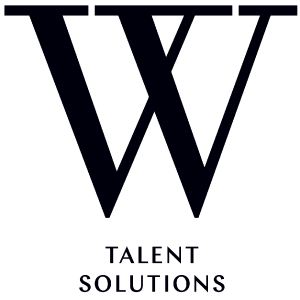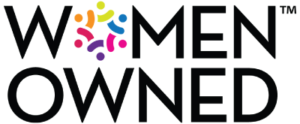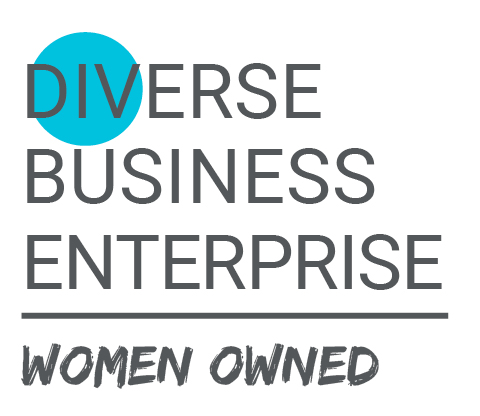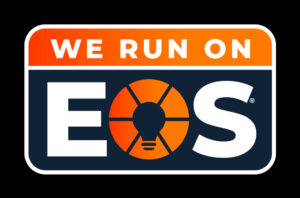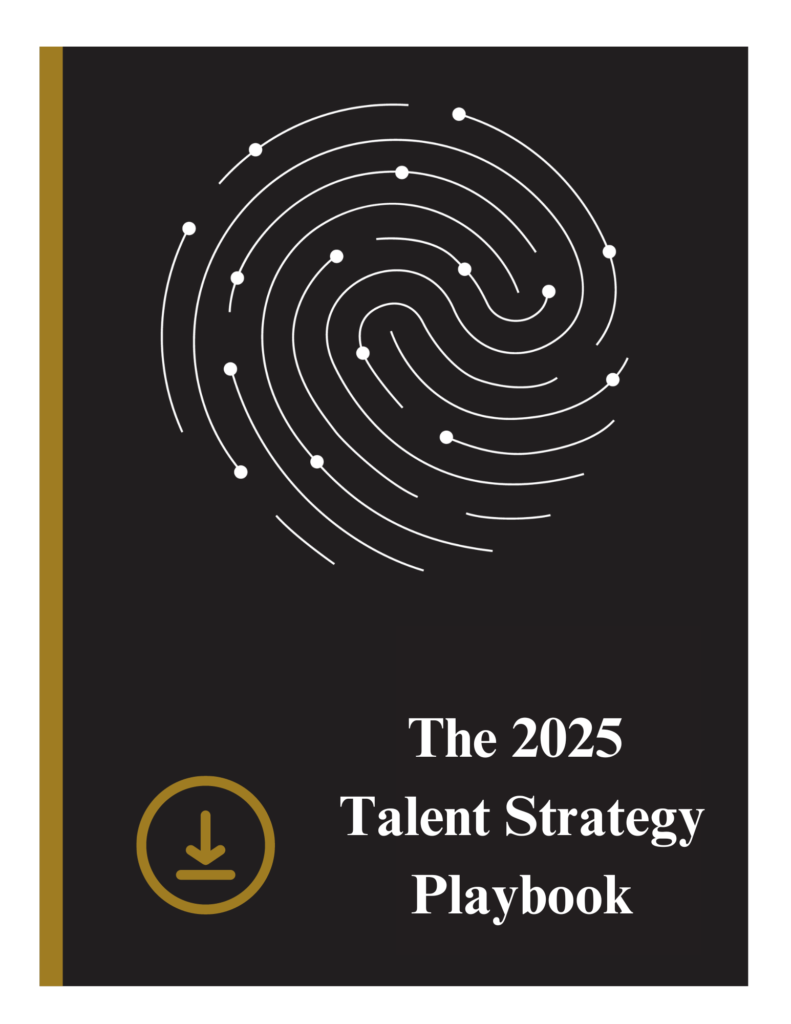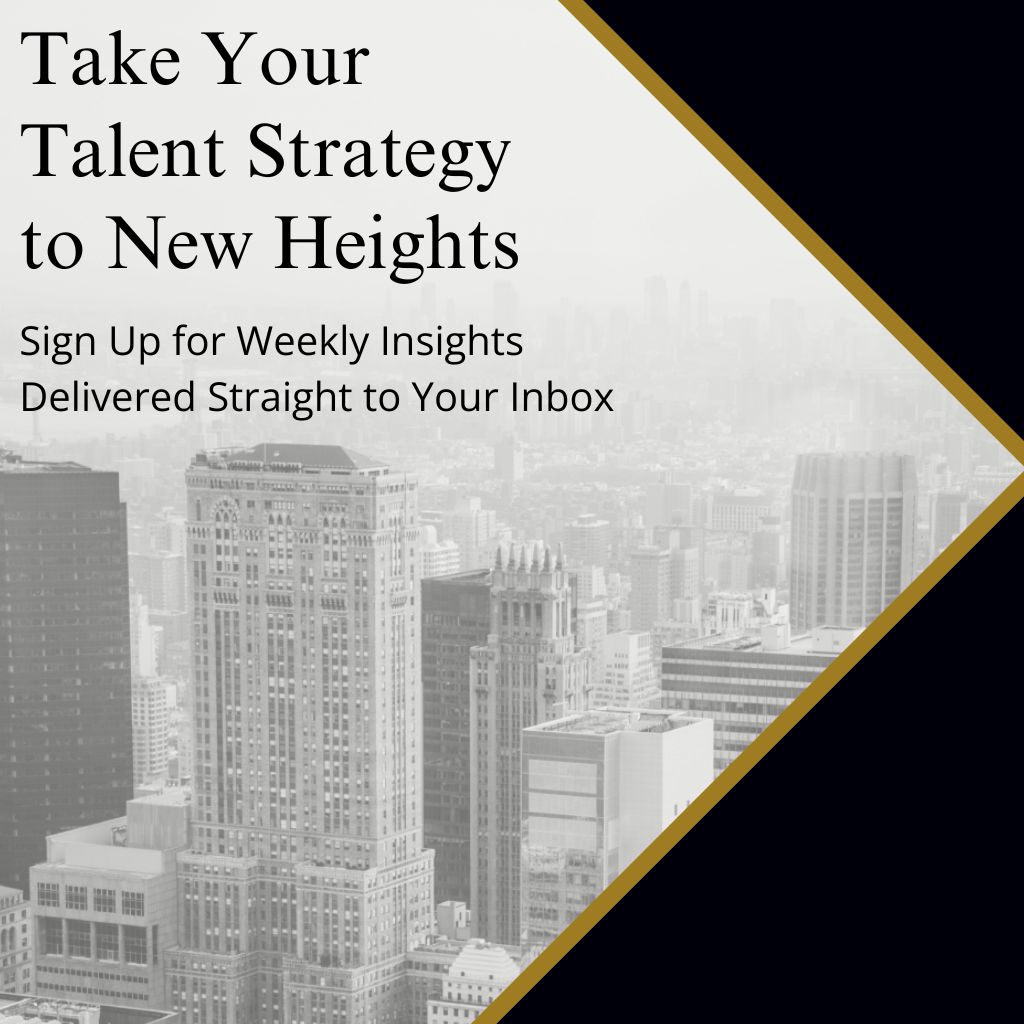Attracting and retaining top talent requires more than just a competitive salary. A comprehensive and appealing benefits package has become a critical factor in employee satisfaction and organizational success. But with the ever-evolving landscape of employee expectations and benefits options, understanding what constitutes a compelling benefits package can be challenging. This guide aims to demystify the essentials of employee benefits, helping employers create packages that resonate with their workforce and enhance overall workplace culture.
Understanding the Modern Benefits Landscape
The employee benefits landscape has shifted significantly in recent years. Beyond traditional offerings like health insurance and retirement plans, today’s workforce expects a more holistic approach to benefits. Modern employees seek benefits that support not only their health and financial stability but also their work-life balance, personal development, and overall well-being. Companies that adapt to these evolving needs not only improve their attractiveness as employers but also boost employee engagement and retention.
Core Benefits: Health, Retirement, and More
- Health Insurance: Health insurance remains a cornerstone of any benefits package. With rising healthcare costs, employees look for comprehensive plans that offer not only basic medical coverage but also dental, vision, and mental health services. Employers should consider offering multiple plan options to cater to diverse needs.
- Retirement Plans: Retirement planning is another critical component. 401(k) plans with employer matching contributions are a standard expectation. Some companies are also exploring pension plans or financial wellness programs to provide additional support for employees’ long-term financial health.
- Paid Time Off (PTO): PTO policies have become more flexible, with many companies offering generous vacation days, sick leave, and personal days. Unlimited PTO policies are gaining traction as they allow employees to take the time they need without the constraints of traditional limits.
Innovative Benefits for the Modern Workforce
- Flexible Work Arrangements: The rise of remote work and flexible schedules reflects a shift towards valuing work-life balance. Offering options like telecommuting, flexible hours, and compressed workweeks can significantly enhance job satisfaction and productivity.
- Professional Development: Investing in employees’ growth through tuition reimbursement, training programs, and career development opportunities can foster loyalty and improve overall team skills. This benefits both the individual and the organization by promoting a culture of continuous learning.
- Wellness Programs: Comprehensive wellness programs that include mental health resources, fitness memberships, and wellness challenges can contribute to a healthier and more engaged workforce. Addressing mental health with access to counseling services or employee assistance programs (EAPs) is particularly important in today’s fast-paced world.
- Diversity and Inclusion Initiatives: Benefits that support diverse needs, such as parental leave policies, fertility treatment support, and inclusive healthcare coverage, help create a more equitable workplace. Building a culture of inclusivity not only attracts diverse talent but also enhances employee satisfaction and retention.
Crafting a Benefits Package That Works
- Flexible Work Arrangements: The rise of remote work and flexible schedules reflects a shift towards valuing work-life balance. Offering options like telecommuting, flexible hours, and compressed workweeks can significantly enhance job satisfaction and productivity.
- Professional Development: Investing in employees’ growth through tuition reimbursement, training programs, and career development opportunities can foster loyalty and improve overall team skills. This benefits both the individual and the organization by promoting a culture of continuous learning.
- Wellness Programs: Comprehensive wellness programs that include mental health resources, fitness memberships, and wellness challenges can contribute to a healthier and more engaged workforce. Addressing mental health with access to counseling services or employee assistance programs (EAPs) is particularly important in today’s fast-paced world.
- Diversity and Inclusion Initiatives: Benefits that support diverse needs, such as parental leave policies, fertility treatment support, and inclusive healthcare coverage, help create a more equitable workplace. Building a culture of inclusivity not only attracts diverse talent but also enhances employee satisfaction and retention.
Crafting a Benefits Package That Works
To design a benefits package that meets modern expectations, companies should start by assessing their employees’ needs and preferences. Conducting surveys or focus groups can provide valuable insights into what benefits are most important to your workforce. Additionally, staying informed about industry trends and legal requirements ensures that your benefits package remains competitive and compliant.
A well-rounded benefits package is not just a perk but a strategic tool that can drive employee engagement, productivity and loyalty. By focusing on a mix of traditional and innovative benefits, organizations can create a work environment that supports their employees’ diverse needs and fosters long-term success.














